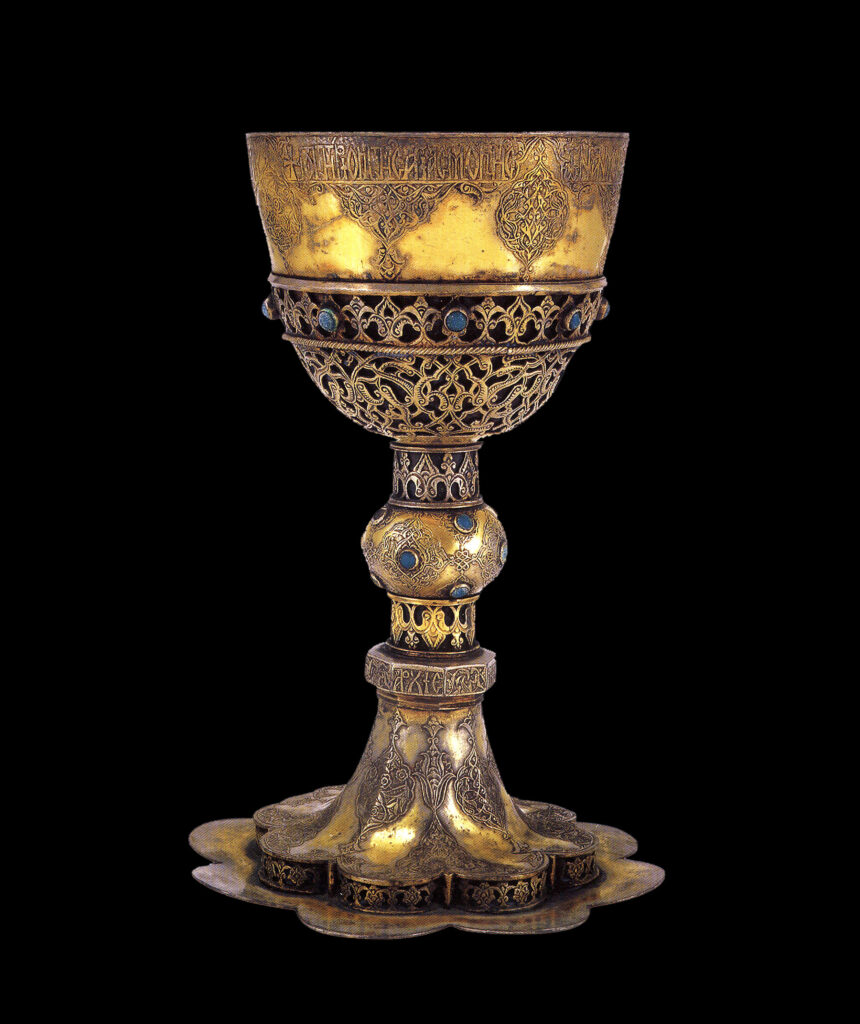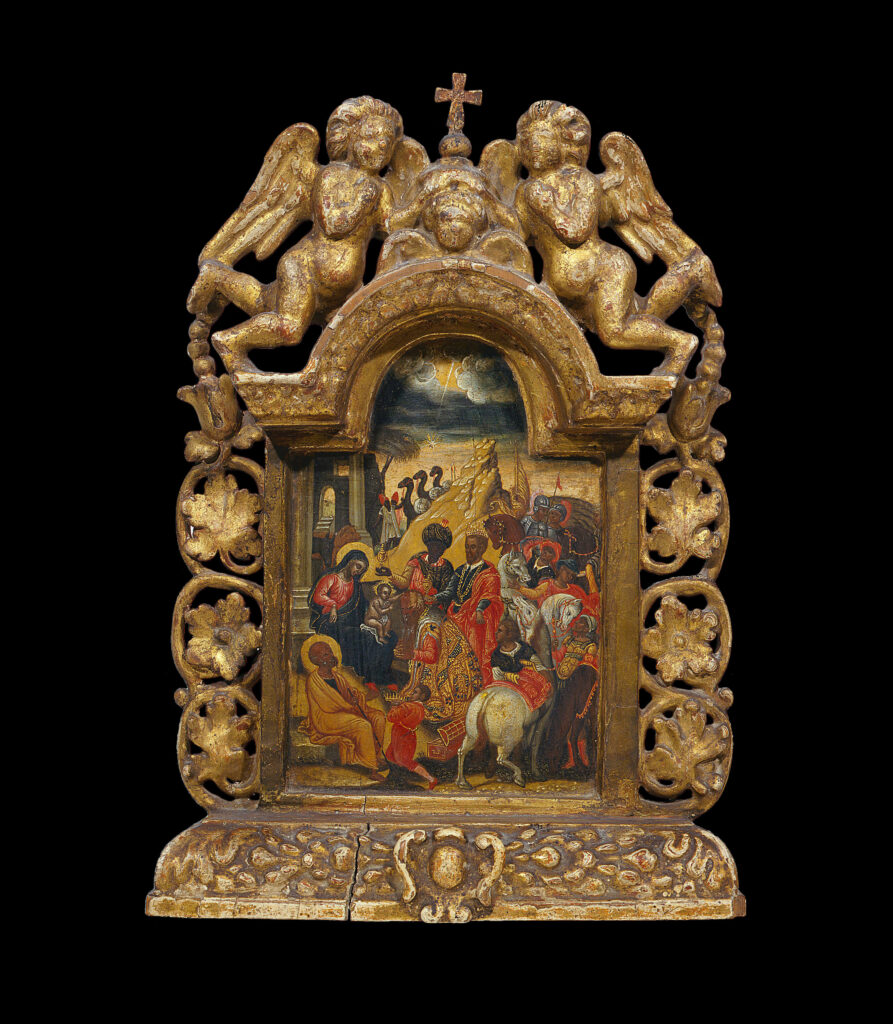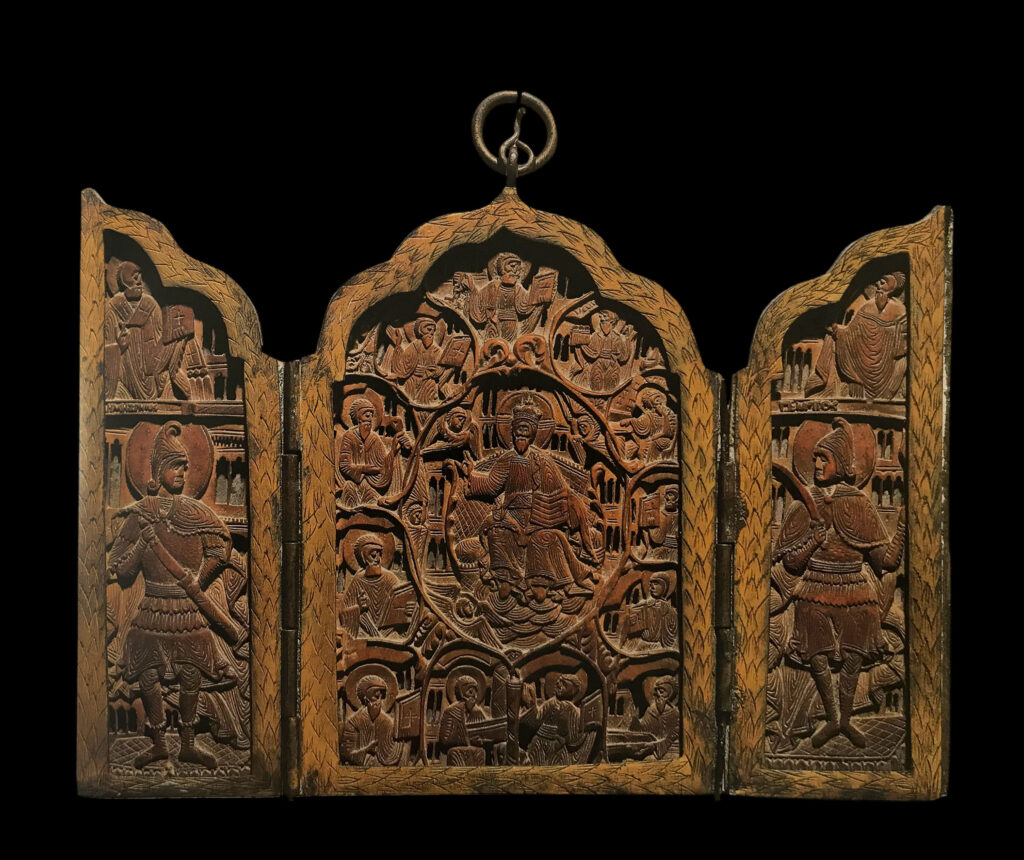The fall of Constantinople did not entail the automatic annexation of all Byzantine territories to the Ottoman Empire. In fact, large parts of Greece and the Aegean remained under the control of the Venetians, the Genoese and the Franks. Venice in particular has extended its trading network throughout the Eastern Mediterranean and often came into conflict with the Ottomans (Veneto-Turkish wars). Its territory was not compact and consisted of a network of islands and ports. The areas under Venetian control, such as Crete and the Ionian Islands, came into contact with Renaissance Italy and the new intellectual currents originating in western Europe; the cultural identity of their inhabitants combined elements of the Byzantine heritage and the new modes of understanding from the West.
The Ottoman Empire continued to expand; by the 17th century, it has occupied most of the territories formerly held by Venice, with the exception of the Ionian Islands. The Ottoman Empire divided its subjects into millets, which is to say large communities identified by religion, which were represented before the Sultan by their religious leader. The Ecumenical Patriarchate of Constantinople acquired a central role in the life of Orthodox Christians, and and the Patriarch became part of the Ottoman Empire’s administrative apparatus. The monasteries of Mount Athos and Meteora developed into significant economic and artistic centers in the 16th century. It was here that major artistic achievement of the period took place, and new trends in religious painting, embroidery and goldsmithing made their appearance.
The Ottoman economy was based on a land tenure system with high taxation for non-Muslim populations, which had a negative impact on many parts of the Greek peninsula and the Aegean islands. However, from the 17th century onwards, the Greeks begun to play an increasingly important role in the economy of the empire. During this period, Greek educational institutions and diaspora communities sprung up in Europe’s main commercial centres, bearing witness to the continuous rise of the rum millet on an economic and intellectual level. In the 18th century, a large part of the Ottoman economy was in the hands of the Greeks, who started also to take up important administrative positions within the Ottoman system. Gradually, the rum millet developed national consciousness via various paths. In the 19th century, influenced by the great national revolutions in America and France, the Greeks resolved to claim, and eventually win, their independence from the Ottomans by force of arms.
| 1454 | Reformation of the Patriarchate of Constantinople—Privileges granted by Mohammed II to the Church |
| 1463-1479 | First Turkish-Venetian war—Conquest of Euboea by the Ottomans |
| 1499-1503 | Second Turkish-Venetian war— Conquest of Cyprus by Venice |
| 1522 | Conquest of Rhodes by the Ottomans |
| 16th c. | Flowering of artistic production in the territories of modern-day Greece. Founding and
rebuilding of monasteries on Mount Athos and in Meteora. Flowering of fresco painting; the most important artists are Theophanes Strelitzas Bathas the Cretan and Frangos Katelanos of Thebes. |
| 1570 | Conquest of Cyprus by the Ottomans |
| 1571 | Battle of Lepanto: victory for the allied Christian forces of Europe |
| 1669 | Occupation of Crete by the Ottomans |
| 1711, 1714 | The autonomous Principalities of Wallachia and Moldavia are established. Greek
Phanariots from Constantinople are appointed to rule them by the Ottoman state |
| 1714-18 | Final Turkish-Venetian war—the Venetians lose all their lands in the eastern
Mediterranean |
| Late 17th c. | Neohellenic Enlightenment |
| 1774 | The Treaty of Kuchuk-Kainarji between Russia and Turkey creates conditions in which
Greek shipping will flourish |
| 1775-1783 | American Revolutionary War |
| 1779-1789 | French Revolution |
| 1814 | Foundation of the Society of Friends—Preparations by revolutionary movements |
| 1821 | Start of the Greek Revolution |
| 1830 | Recognition of the independence of Greece—Establishment of the Greek state |





























